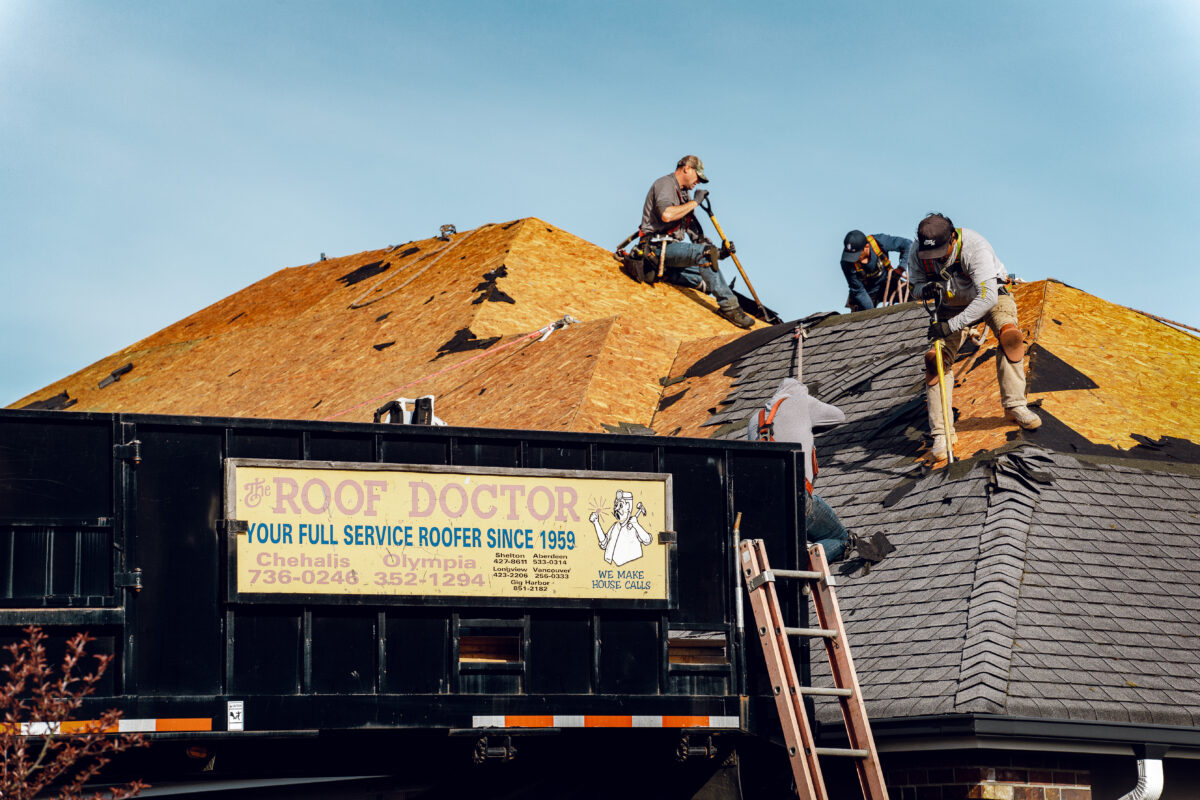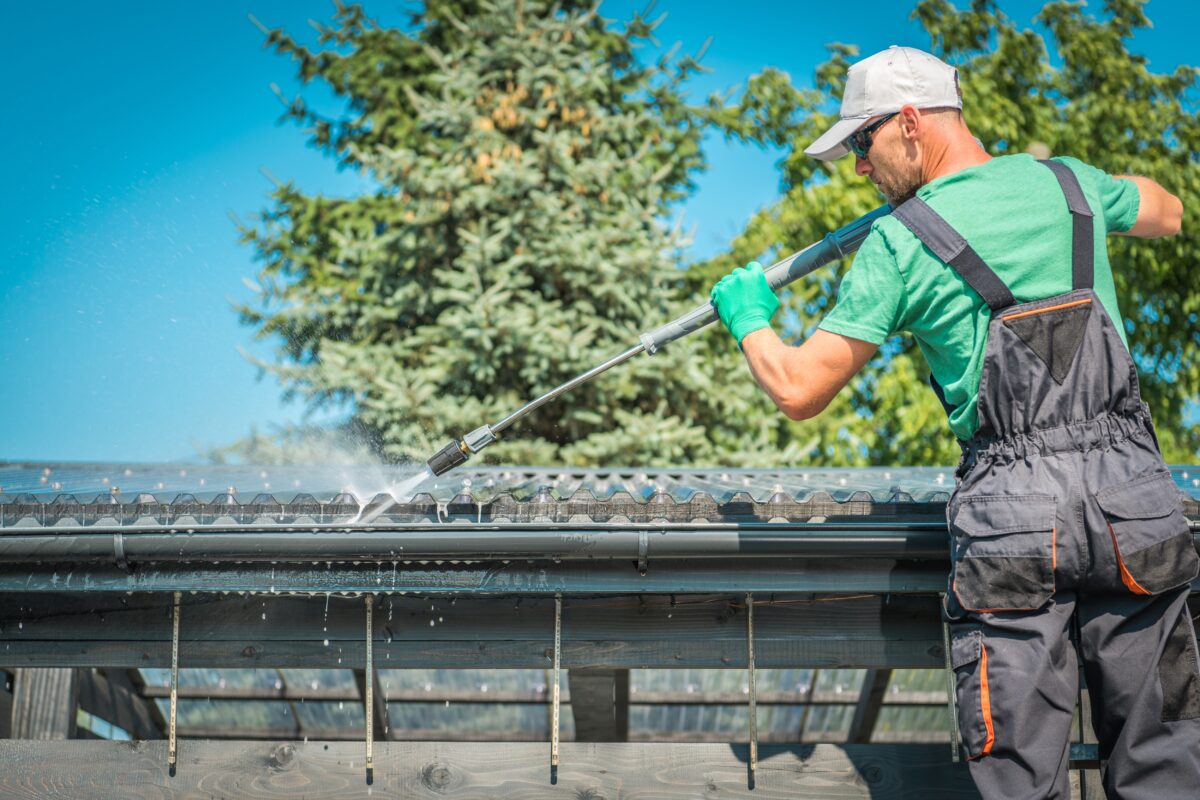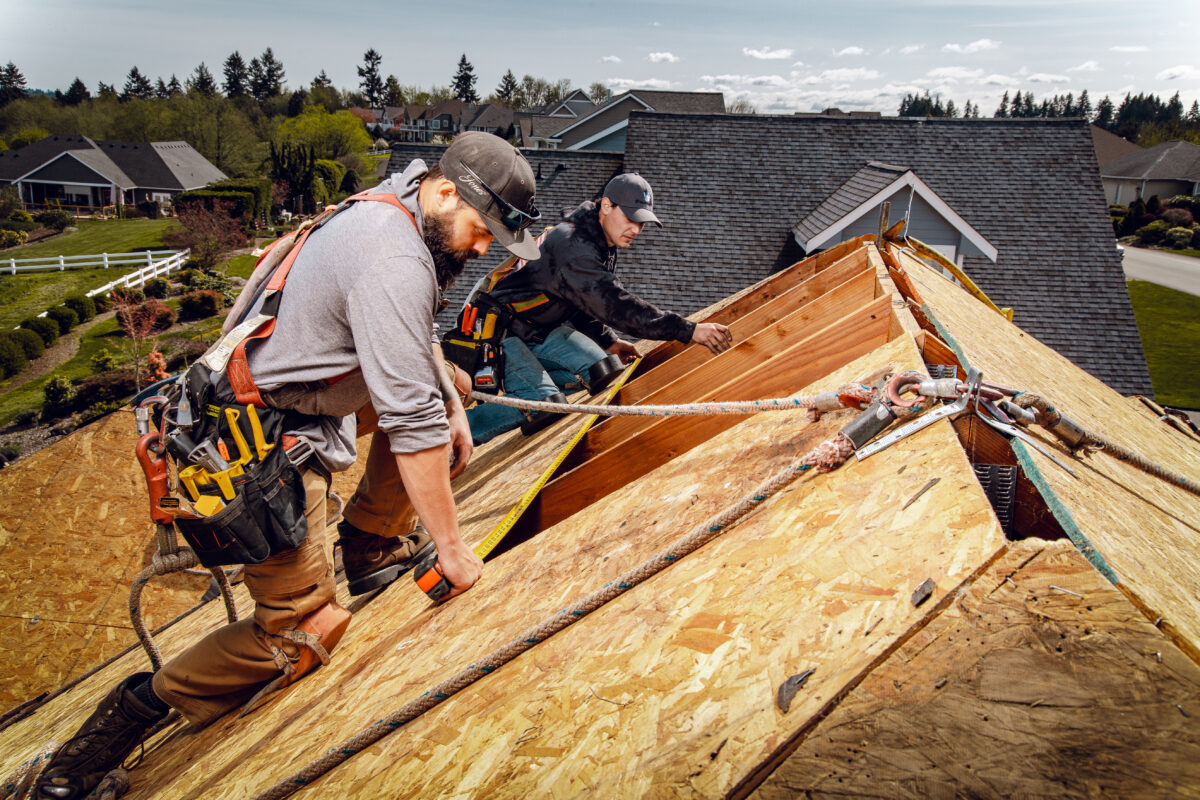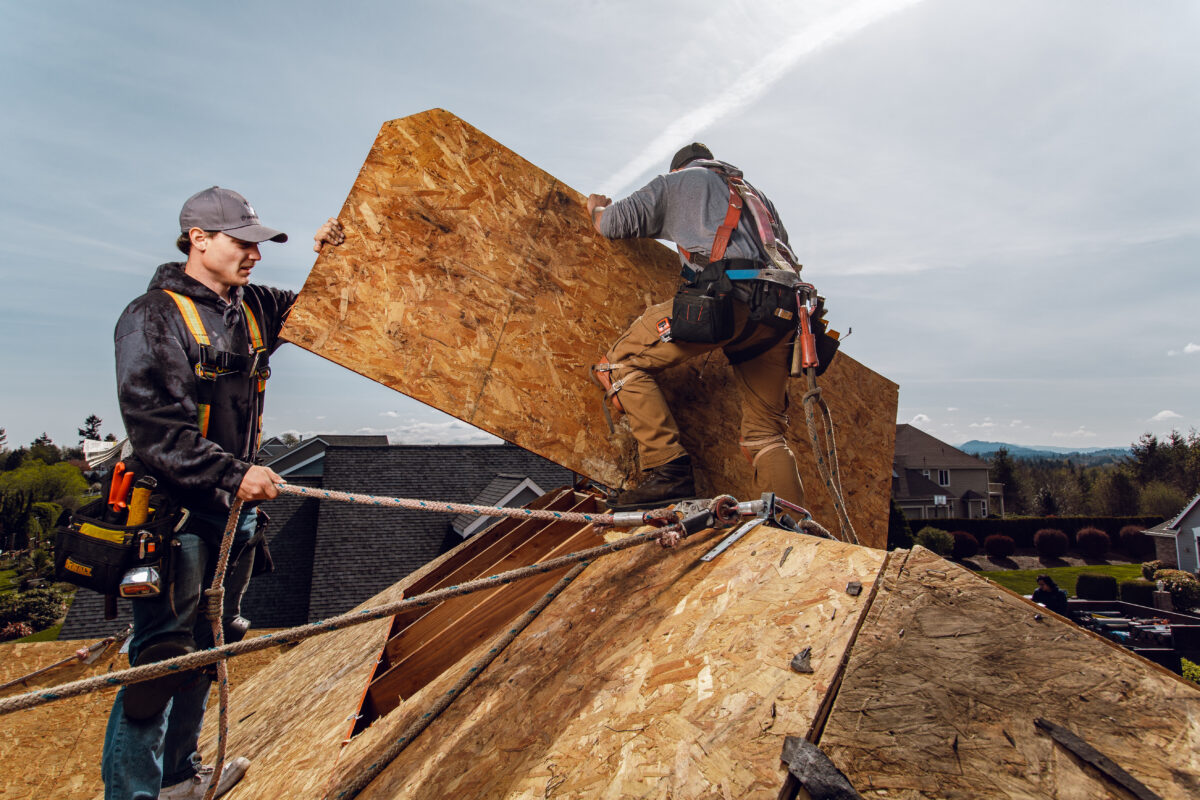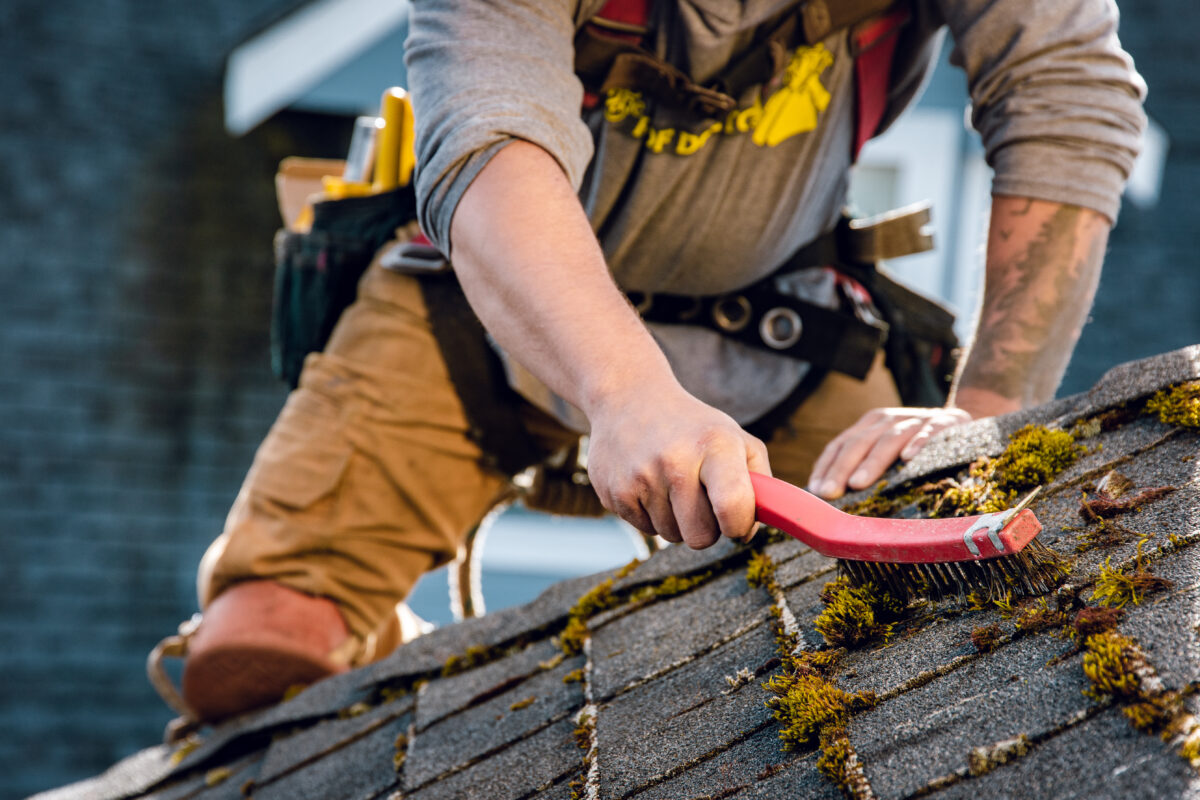Tear-Off vs. Roof Overlay: Which Installation Method is Better?
When it is time for roof replacement, one of the biggest decisions homeowners and business owners face is choosing between a complete tear-off roof installation or a roof overlay. Both methods can extend the life of your home’s structure, but each offers very different long-term results. Understanding the pros and cons of each approach helps you make an informed decision that protects your property, your budget, and your roof structure for years to come.
The Two Main Installment Methods
Roof installation typically follows one of two approaches. A tear-off removes every existing layer of shingles, exposes the roof deck, and rebuilds the roofing system from the ground up. This method gives your roofing contractor a clear view of the underlying structure, so any weaknesses, leaks, or hidden issues can be repaired before new materials go on.
A roof overlay, on the other hand, installs a new layer of shingles over the existing roof. This keeps labor costs lower because there is less removal work involved, and the job often moves faster. Overlays can only be done when the current roof is in good condition and free from major issues. They also add weight to the roof structure, so overlays are restricted to properties with only one existing layer of shingles.
Pros and Cons of Tear-Off Roof Installation
A complete tear offers the most thorough and long-lasting solution. Removing all roofing materials allows trained installers to spot problems such as soft decking, trapped moisture, previous leak paths, and inadequate ventilation. Repairs can be made quickly, ensuring the new roof performs as intended.
Tear-offs also offer the best compatibility with different roofing materials, including asphalt shingles and metal roof systems. Because the new roof starts on a clean deck, flashing, underlayment, and ventilation improvements can be installed without restrictions.
The downside is that tear-offs can be more labor-intensive. Removing the existing roof layer takes time, and disposal fees add to the budget. Even so, many homeowners find that the long-term performance and extended lifespan outweigh the higher upfront cost. Tear-offs are especially valuable on older homes, homes with multiple layers, or roofs with visible structural concerns.
Pros and Cons of Roof Overlay
A roof overlay reduces debris, lowers labor costs, and leads to shorter project timelines. Because the roofing contractor does not need to remove the existing roof, overlays are a practical option when budgets are tight and the existing roof is in good condition.
However, overlays cannot fix underlying problems. If the roof deck is soft, uneven, or concealing moisture damage, adding another layer only masks the problem. Overlays also shorten the potential lifespan of the new roof because the added heat and weight strain the structure. Most homes are allowed only one overlay under code requirements, meaning you cannot overlay a roof more than once in most cases. In short, an overlay may be considered a temporary solution rather than a full, long-term investment.
How Long Each Method Typically Lasts
A full tear-off generally lasts longer than a roof overlay because the new roof begins on a solid, fully inspected foundation. For Western Washington homes, a tear-off replacement done correctly can provide decades of durability, depending on material choice and maintenance.
A roof overlay, while cost-effective upfront, has a shorter projected lifespan. Moisture can become trapped between layers, and the underlying shingles can continue to age and break down beneath the new layer. Temperature changes also cause the combined layers to expand and contract more aggressively, shortening the system’s service life.
Cost Comparison
One of the biggest deciding factors is cost. A tear-off requires more labor, more disposal, and more handling of old materials, so the initial cost is higher. However, because it creates a stable, watertight base, the new roof often lasts significantly longer and can reduce repair costs in the future.
Overlays offer lower upfront expenses because the existing roof remains in place. The tradeoff is that overlays are more likely to require earlier replacement or additional repairs. Over time, many homeowners discover that the savings gained initially are offset by the shortened lifespan of the overall system.
For commercial building owners working with strict timelines or budget limits, overlays may offer convenience. However, a thorough roof inspection is always needed to confirm whether the existing roof can support the added weight safely.
When an Overlay Is a Smart and Safe Option
An overlay may serve as a reasonable choice when the roof has only one existing layer, the decking is solid, and there is no evidence of leaks. Roofs with simple designs and predictable slope patterns may accommodate an overlay without restricting water flow or creating buildup around flashing points.
Overlays also benefit property owners who need an immediate improvement but plan to fully replace the roof later during a remodel, sale, or broader renovation.
When a Tear-Off Is Necessary or Strongly Recommended
Tear-offs become necessary whenever roof inspections uncover damage, soft spots, sagging, or signs of mold or rot. Overlays should never be installed when the underlying structure is compromised, since they add weight and hide ongoing deterioration.
A tear-off is also recommended when homeowners want to switch roofing materials. For example, moving from a layer of shingles to a metal roof often requires a clean, even base for secure installation. If the existing roof is older, uneven, or has already been overlaid once, a complete tear is usually the safest and most cost-effective approach.
Building Codes, Weight Limits, and Local Restrictions
Most regions, including Western Washington communities, restrict roofs to no more than two layers in total. This means most homes cannot receive an overlay if they already have two layers installed. Building codes also regulate load capacity, an important consideration for older or historic homes with more delicate framing.
Insurance companies may have additional restrictions, especially if the roof’s structure is already stressed or valley sections are prone to water retention.
How Roof Design and Materials Influence the Decision
Homes with complex rooflines, steep pitches, or many intersecting areas usually perform better with tear-offs. These designs require precise installation and tightly sealed flashing systems. Overlays cannot always accommodate these details effectively.
Material choice matters too. Some shingles require specific fastener lengths or underlayments that do not work well over older layers. Metal roofing systems almost always call for the removal of existing materials to secure the panels appropriately.
Common Mistakes to Avoid
- Choosing an overlay without verifying that the deck is in good condition
- Prioritizing low upfront cost over long-term protection
- Overlooking the added weight that multiple layers place on the roof structure
- Not scheduling a detailed roof inspection before choosing an installation method
- Assuming all roofing contractors approach overlays with the same level of care
Final Thoughts
The choice between an overlay vs a tear installation depends on your roof’s age, condition, structure, and your long-term goals. Tear-offs offer a clean start and longer lifespan, while overlays may serve as practical short-term solutions under the right circumstances. The best way to choose the correct method is to begin with a professional roof inspection that evaluates your existing roof and identifies any underlying concerns.
Why Choose the Roof Doctor?
The Roof Doctor is here to support you through every roofing decision, whether you are considering a roof overlay or a complete tear. With more than 60 years of experience, a family-owned team, licensed and insured crews, and a commitment to fast, reliable service, we are on call for all of your roofing needs. We serve residential and commercial properties across Western Washington with clear communication, expert workmanship, and a friendly, welcoming attitude you can rely on.
If you want help deciding which installation method is best for your home or business, contact The Roof Doctor today to schedule a detailed roof inspection or speak with a specialist about your next steps.



